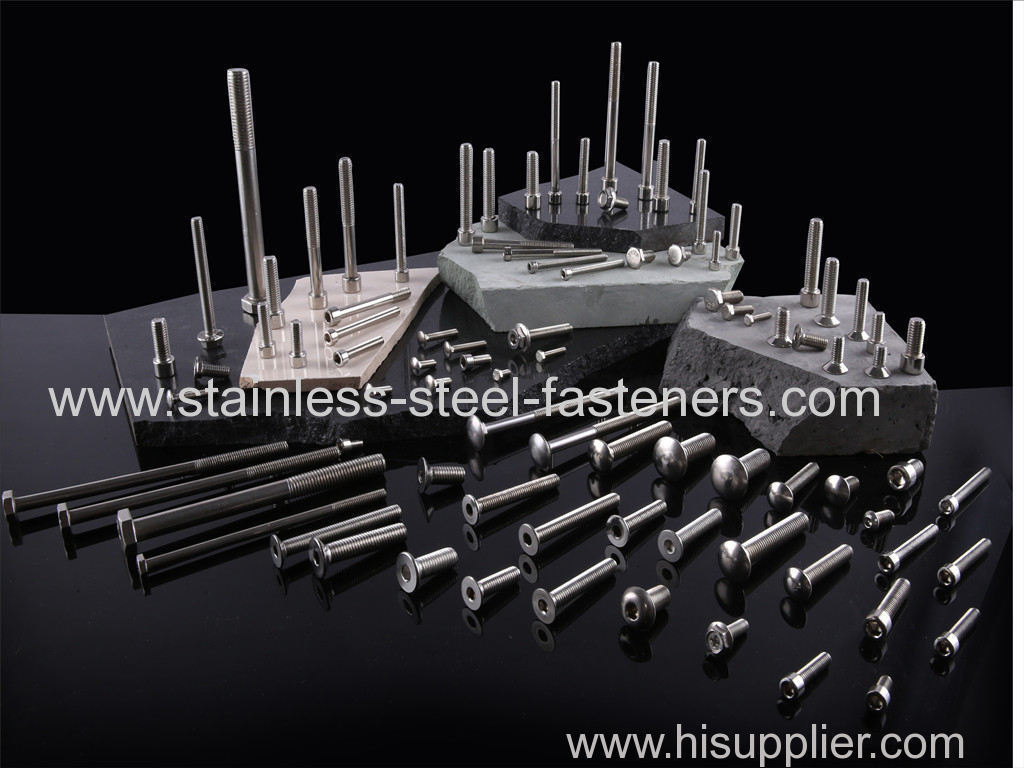
|
NINGBO LARGE STONES HARDWARE & ELECTRICAL TRADING CO.,LTD
|

|
NINGBO LARGE STONES HARDWARE & ELECTRICAL TRADING CO.,LTD
|
Gold Index: 6753
NINGBO LARGE STONES HARDWARE & ELECTRICAL TRADING CO.,LTD [China (Mainland)]
Business Type:Manufacturer
City: Ningbo
Province/State: Zhejiang
Country/Region: China (Mainland)


